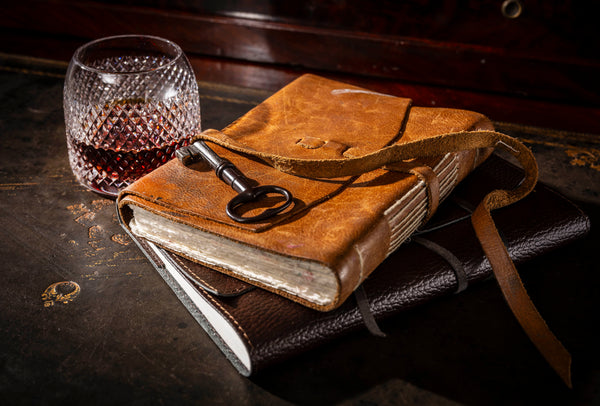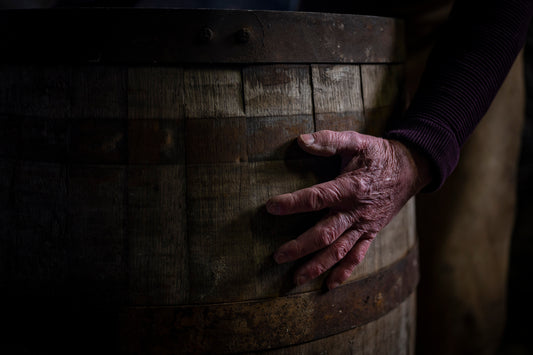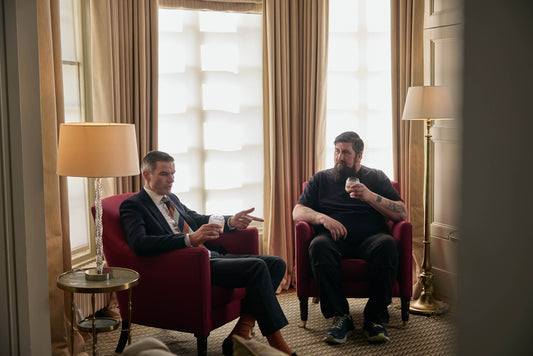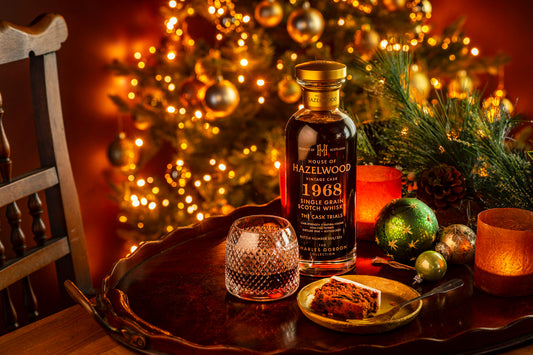The idea of whisky investment – building a collection of rare single malts and blends with at least half an eye on making money out of it – is a relatively recent phenomenon.
Even a decade ago, it was very much a niche activity, pursued by a small group of hobbyists.
The change came in part out of a recognition that whisky was an undervalued commodity. Turn the clock back a generation and superlative single malts were on sale at high street off-licences for little more than £100 a bottle. Today, those same whiskies change hands for tens of thousands of pounds, or more. The megastars of this world – legendary whiskies, rare as hen’s teeth – have been known to fetch £1m a bottle at auction.
As the global community of whisky collectors has mushroomed, an entire ecosystem has built up around it. Distillers, retailers, auction houses, brokers, storage experts... all are devoting more time and resources to serving collectors and investors than at any point in whisky history.
The rapid elevation of whisky as an investible commodity can make the idea of buying rare whisky seem intimidating, or the exclusive province of the über-wealthy, alongside antiques, fine art and luxury watches. It’s true that prices have risen hugely over the past few decades, but this remains an individual pursuit. In other words, you set the rules (and your budget), collecting the bottles that interest you, whatever their price-tags.
Whisky Investment - Where to Begin?
Where to begin? Information and personal preferences are key. We’re lucky enough to live in an interactive age, with all manner of facts and figures at your fingertips: specialist publications and websites, countless books on the subject, and whisky makers only too eager to talk about their whiskies.
Finding your own personal preferences is – literally – a matter of taste. The best way to learn is to take every opportunity to taste something new. That’s how you will pinpoint the favourite regions, blends and styles that will form the backbone of your collection – and buying liquid that you like is never a bad idea. Yes, you may make money out of it in time – but, even if that doesn’t happen, at least you can enjoy drinking it.
You also need to take care over where you buy your whisky from. There are a lot of fakes about, and even bona fide retailers and auction houses can be caught out. Arm yourself with as much information as you can, try to buy from trusted sources with a long track record in the industry – and, if something looks too good to be true, then it probably is.
But what should you buy? After all, the whisky universe is vast. You can go narrow and deep, focusing on a favourite distillery; or broad and shallow, putting together a more diverse range of bottles from a variety of sources.

‘Ghost’ or closed distilleries are perennial collector favourites, simply because the supply of whisky here is, by definition, finite. And we’re not just talking single malts: a number of grain distilleries have shut down over the decades, making whiskies like House of Hazelwood’s The Lost Estate 43-Year-Old Blended Grain – combining long-aged whiskies from two closed grain distilleries – rare birds indeed.
It's that concept of rarity and character that is a common thread uniting the collectable and investible whiskies out there. Great age – whiskies matured for 40, 50, 60 years and more – and historic vintages are an obvious draw. Meanwhile, single casks offer an authentic snapshot of a moment in a distillery’s history – a whisky moment frozen in time.
But never buy into the fallacy that single malts are inherently better than blends. The finest examples of the latter transcend their component parts to make something greater, thanks to the art-meets-science skill of the blender, often honed over many decades of swirling, sniffing and tasting.
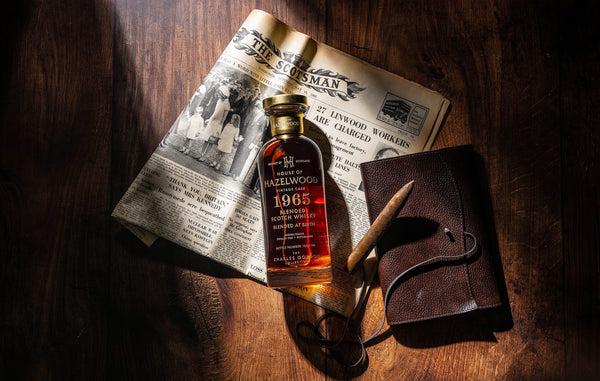
Other whiskies owe their attraction to the fact that they’re just a bit different, with a unique combination of spirit, cask, age and flavour. For example, House of Hazelwood’s Blended at Birth 56-Year-Old Blended Scotch Whisky is a unique combination of malt and grain whiskies, blended together as new make spirit before maturation. Do that today and, legally, you wouldn’t even be allowed to call it Scotch.

There are so many factors that make a collectable whisky unique, and sometimes the intricate details of its creation and maturation are almost as fascinating as the liquid itself. Then again, there are some whiskies that we know surprisingly little about – such as House of Hazelwood’s The Unknown 44-Year-Old Blended Scotch Whisky. Its component parts were distilled in 1978 and blended in 1989, and… well, that’s about all the information we have.
In cases like this, the whisky must stand up and speak for itself, without the embellishment of a tantalising back-story. It’s a salutary reminder that, even in today’s complex and multi-faceted world of collecting and investing in whisky, one aspect above all others remains paramount: quality.
